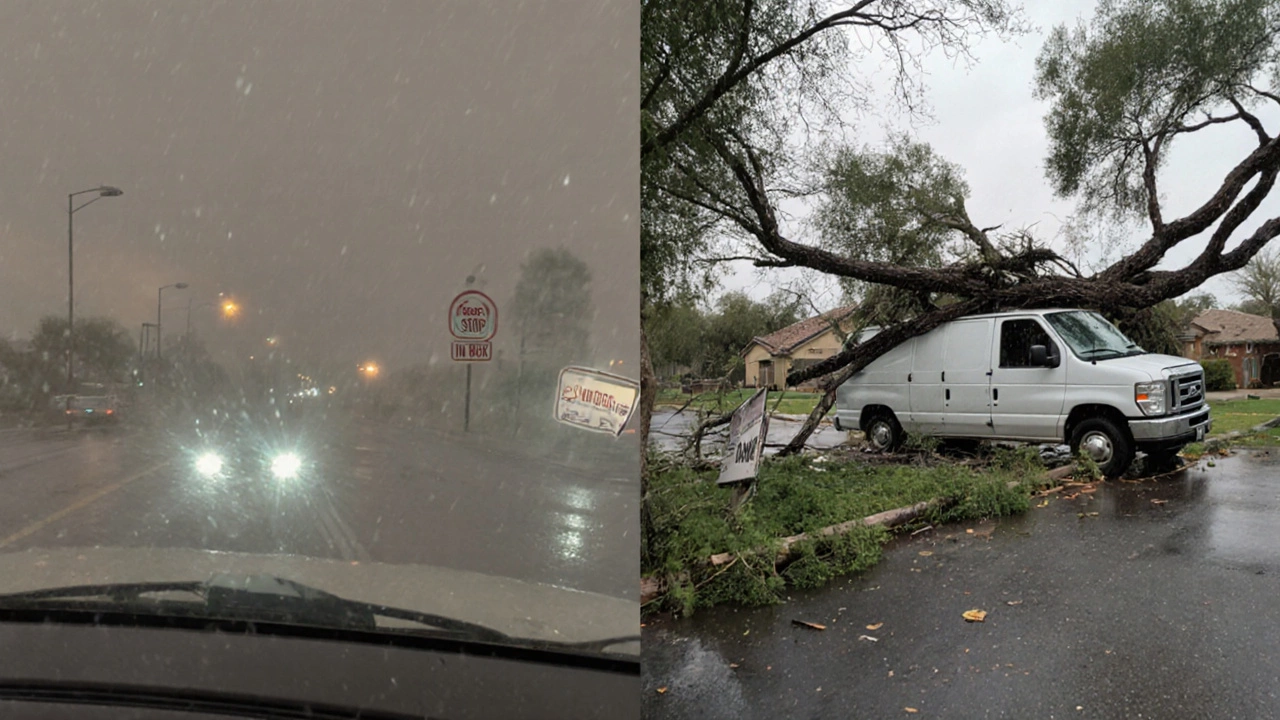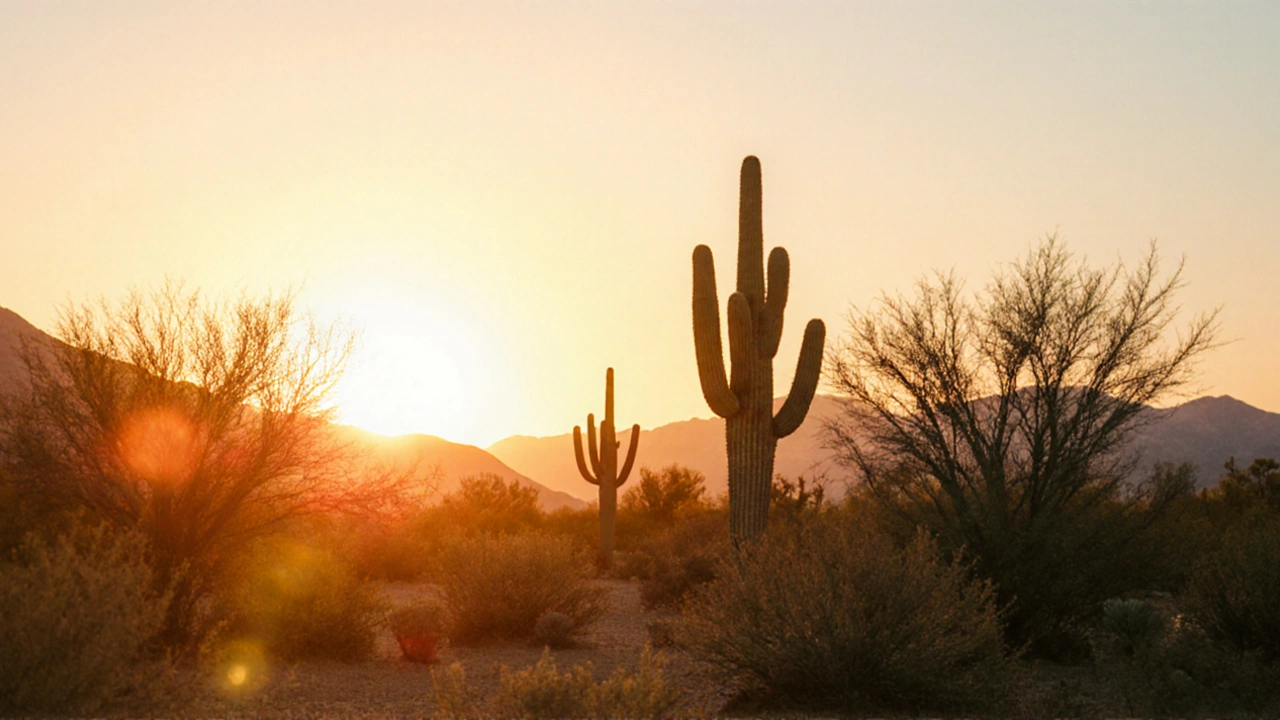Record‑Breaking Night Temperatures in Phoenix
On the night of September 4, 2025, Phoenix recorded a low of 95°F (35°C), shattering the previous all‑time high low set in 2021. Meteorologists from the National Weather Service confirmed the reading at the Phoenix Sky Harbor airport, noting that the temperature barely dipped after a scorching daytime high of 115°F (46°C). This rare event marks the first time the desert city has failed to drop below the 90°F threshold after sunset.
The heatwave, which has swept across Arizona, Nevada, and parts of California for the past two weeks, is driven by a persistent high‑pressure ridge that traps hot air over the region. While typical desert nights offer relief with temperatures in the 70s, this ridge has held the atmosphere in place, preventing the usual radiative cooling.
Phoenix heatwave conditions are amplified by low humidity and clear skies, allowing the sun’s intense rays to heat the ground rapidly during the day. The resulting surface heat then radiates back upward, keeping nighttime temperatures unusually high.
Adding to the complexity, the monsoon season officially began on August 31, bringing occasional thunderstorms and a surge in moisture. However, the monsoon’s cooling effect has been muted by the dominant high‑pressure system, leading to a bizarre juxtaposition of blistering heat and sporadic, heavy rain showers.

Implications for Residents and Climate Trends
City officials have issued several advisories. Energy providers reported a 30% jump in electricity demand compared to the same period last year, as residents crank up air‑conditioning units to battle the lingering heat. Hospitals in the Phoenix metropolitan area noted a spike in heat‑related illnesses, particularly among the elderly and those with pre‑existing conditions.
Public health agencies recommend the following precautions:
- Stay indoors during peak heat hours, ideally in air‑conditioned spaces.
- Hydrate frequently—aim for at least eight glasses of water a day.
- Check on vulnerable neighbors, especially those living alone.
- Limit outdoor exercise to early mornings or evenings when temperatures are slightly lower.
Climate scientists point out that while single events don’t prove long‑term trends, the frequency of record‑high daily lows is climbing. A study by the Southwest Climate Initiative showed a 40% increase in nights staying above 90°F over the past two decades. Researchers attribute this pattern to a combination of urban heat island effects and broader climatic shifts linked to greenhouse gas emissions.
Looking ahead, forecasters expect the monsoon to finally assert a stronger influence later this week, potentially bringing relief in the form of cooler breezes and rain. Yet, they warn that any cooling will likely be short‑lived if the high‑pressure ridge reasserts itself, as has happened in past years.
For now, Phoenix residents are bracing for another stretch of oppressive heat, an uncomfortable reminder that desert climates are evolving in ways that challenge long‑standing expectations of night‑time relief.

